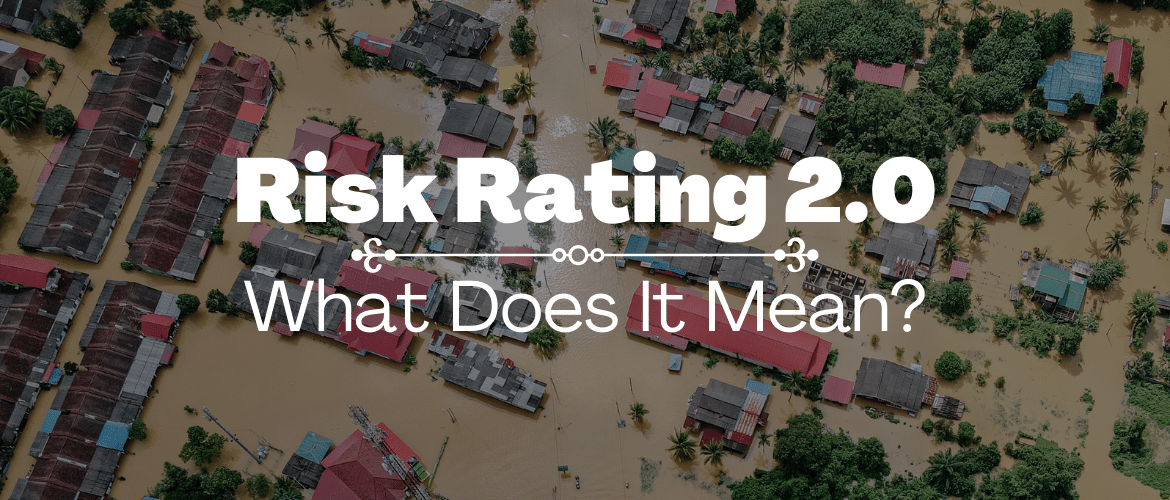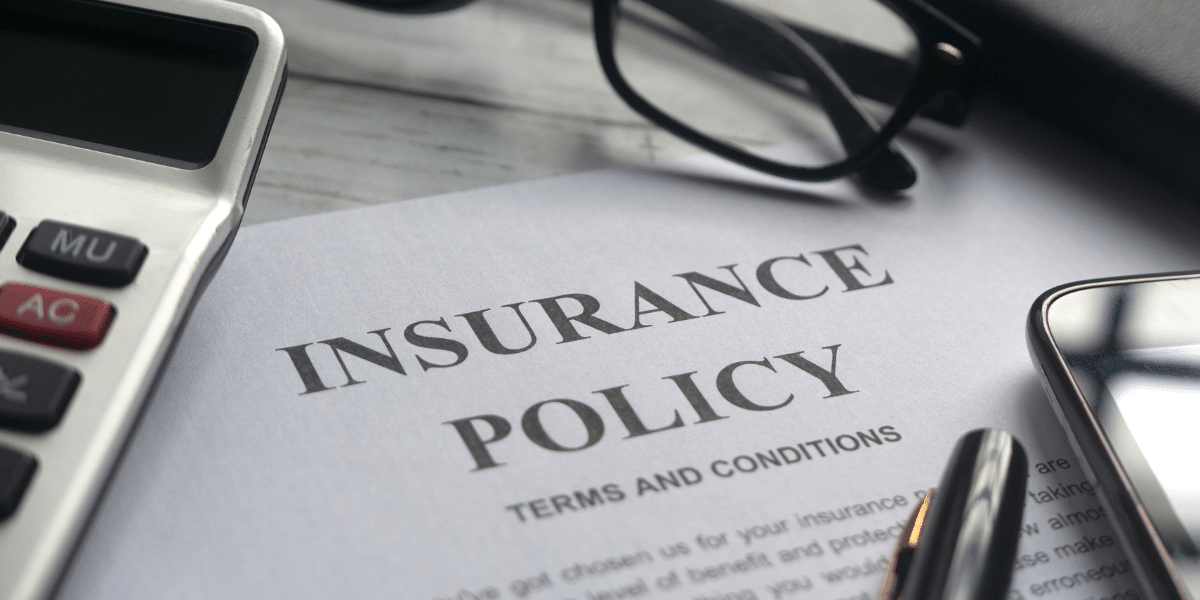
FEMA is updating the National Flood Insurance Program (NFIP) risk rating method through the introduction of Risk Rating 2.0, a new pricing strategy. FEMA is using industry best practices and cutting edge technology to provide rates that more accurately reflect flood risk.
FEMA is aware of the profound economic effects COVID-19 had on the country and current policyholders. Therefore, it is implementing a gradual approach to the rollout of new rates.
For more information about the Risk Rating 2.0-Equity in Action, current National Flood Insurance Program policyholders should contact their insurance company.
PHASE I
New policies became subject to the new rating system on October 1, 2021. Existing policyholders who are eligible to renew were also able to take advantage of immediate drops in their premiums.
PHASE II
All policies that were renewed after April 1, 2022 are subject to the new rating method.
FEMA continues to engage with Congress, its industry partners, and state, local and tribal agencies to ensure clear understanding about these changes.
FEMA Undertakes Risk Rating 2.0
FEMA is committed to creating a culture that encourages preparedness throughout the country. Flood insurance can be a first line of defense against flood damage. It also helps to speed up recovery after a flood.
Rates have been largely based on static measurements since the 1970s. This emphasizes a property’s elevation within an area on a Flood Insurability Rate Map.
This approach doesn’t include as many flooding variables as the new Risk Rating system. According to FEMA, risk Rating 2.0 is more than a slight improvement. It’s a significant leap forward. FEMA can now set fair rates and ensure that rate increases and falls are equitable with.
FEMA continues to build on the years of investment in flood hazard information by incorporating private sector data, catastrophe models, and evolving actuarial sciences.
FEMA now has the ability and tools to address rating inequalities using Risk Rating 2.0. This includes incorporating flood risk variables. These include flood frequency, flood type (river overflow and storm surge, coastal erosion, heavy rainfall), and distance from a water source. It can include whether or not the area has flooded previously. Property characteristics also include elevation and cost to rebuild.
Right now, policyholders who have lower-valued homes pay more for their risk, while those with higher-valued homes pay less when compared to the value of the insured property. FEMA’s Risk Rating 2.0 takes into account rebuilding costs so premiums can be distributed more fairly across policyholders. It is based on the home value and the unique flood risk of each property.
 What isn’t changing under Risk Rating 2.0
What isn’t changing under Risk Rating 2.0
We adhere to the statutory requirements through:
Limiting annual premium increases
Rate increases cannot exceed 18% annually due to existing statutory limitations.
Flood Insurance Rate Maps for Mandatory Purchases and Floodplain Management
FEMA flood map data is used to inform the catastrophe models that are used in the development rates under Risk Rating 2.0. This is why flood mapping data is so important for communities. It is used to determine floodplain management requirements and the mandatory purchase requirement.
Maintaining Features
We will continue to offer premium discounts to policyholders who are eligible to make the transition to Risk Rating 2.0. This means:
- FEMA continues to offer premium discounts on pre-FIRM subsidized and newly mapped properties.
- Flood insurance policy holders can still transfer their discounts to new owners by assigning their flood insurance policies when their property is sold.
- Policyholders who are members of the Community Rating System continue to receive discounts. Community Rating System classification can be used to give discounts up to 45% on National Flood Insurance Program rates. The discount will apply to all policies in the community regardless of whether they are located within or outside the Special Flood Hazard Area. However, Risk Rating 2.0 doesn’t use flood zones for flood risk determination.
In summary
Risk Rating 2.0 is built to consider the possibility of events such as Hurricane Ida, which hit the Gulf Coast and then unleashed flooding in the Northeast last September. Such occurrences should not surprise or cause a shock to premium rates.
For those who may see a significant change, the increases are limited at 18% per year. This should at least provide time for concerned property owners to decide whether or not they wish to move to an area with a lower risk of flooding.

